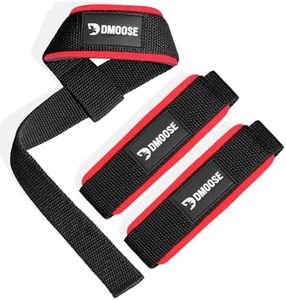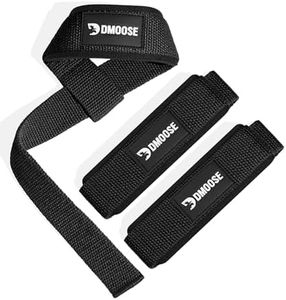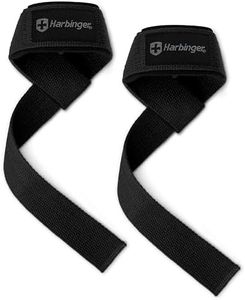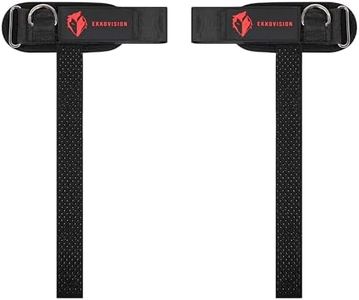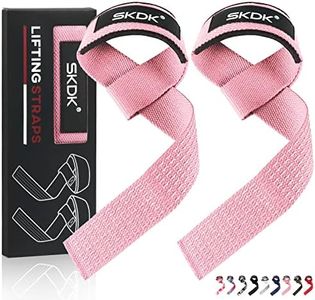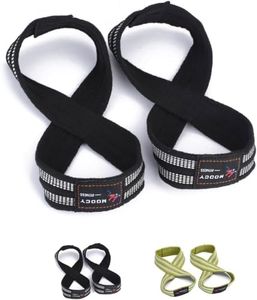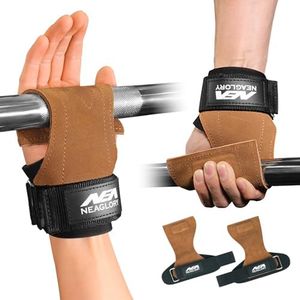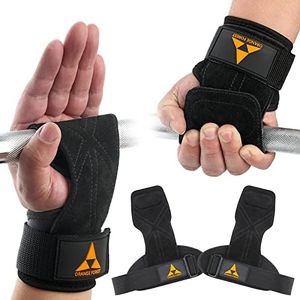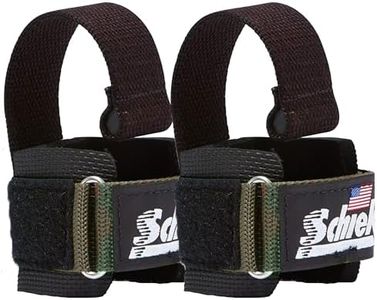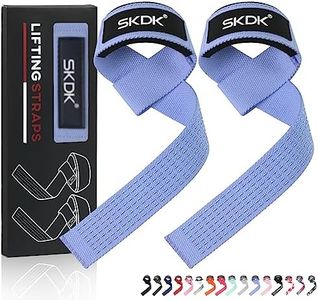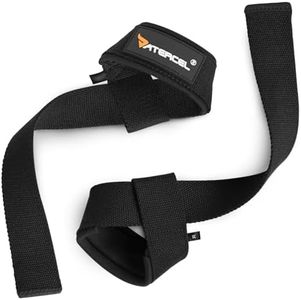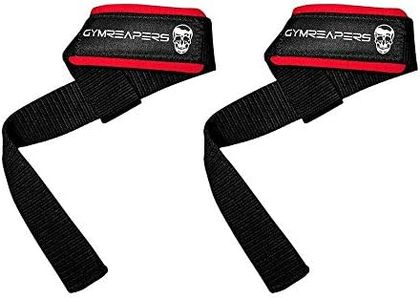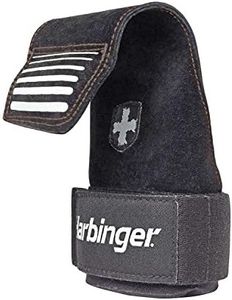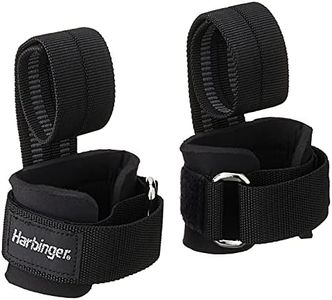We Use CookiesWe use cookies to enhance the security, performance,
functionality and for analytical and promotional activities. By continuing to browse this site you
are agreeing to our privacy policy
10 Best Lifting Straps
From leading brands and best sellers available on the web.Buying Guide for the Best Lifting Straps
Lifting straps are simple yet highly effective accessories designed to help you hold onto weights more securely, especially during pulling exercises like deadlifts, rows, or pull-ups. Choosing the best lifting straps largely depends on your training goals, how heavy you lift, and your personal preferences in comfort, durability, and ease of use. When selecting lifting straps, it’s important to consider the different materials, designs, lengths, and closure types, as each can influence your grip and training experience.MaterialThe material of the lifting strap determines both comfort and durability. Common materials include cotton, nylon, and leather. Cotton straps are generally comfortable and provide a soft feel but may wear out faster. Nylon is stronger and more durable, suitable for heavier lifts, but can sometimes feel harsh on the skin. Leather straps offer a balance between strength and comfort but might require a break-in period. Consider what kind of feel you prefer and how much wear and tear your straps will face — softer materials for light to moderate lifting and more rugged materials for heavy-duty use.
LengthStrap length affects how many times you can wrap the straps around the bar, which can influence grip security and ease of use. Shorter straps are quicker to apply and less bulky, making them good for quick lifts or moderate weights. Longer straps allow for more wraps, giving extra grip security—ideal for heavy lifts, but they can be more cumbersome. Your hand size and the type of bar you use are also factors. People with smaller hands or who don’t need intense grip assistance may prefer shorter straps, while those going for maximum support or lifting very heavy weights might want something longer.
WidthThe width of lifting straps adds another layer to grip comfort and stability. Narrower straps wrap more easily around the bar and feel less bulky, which can be ideal for smaller hands or for quick sessions. Wider straps distribute pressure more evenly and provide greater security, making them a good choice for serious lifters or those doing high-load movements. Small-handed users or those prioritizing maneuverability may prefer skinny straps, whereas users seeking maximal support during heavy lifts may want wider straps.
Design/StyleThere are several main designs of lifting straps: closed loop, lasso loop, and figure 8. Closed loop straps are simple and fast to use. Lasso loop straps are the most common and versatile, adjustable for different bar thicknesses. Figure 8 straps lock your wrists in for maximum support on very heavy pulls but can be harder to use if you value flexibility. For most gym goers, lasso straps offer the best blend of security and usability, while figure 8 designs are best for very heavy deadlifts where letting go of the bar is not needed.
PaddingSome lifting straps offer extra padding around the wrist area for added comfort. Padding can help reduce irritation or bruising during long or heavy sessions, which is especially useful for people who lift often or with sensitive wrists. However, padding can also make the straps bulkier. If you find straps dig into your wrists or if you do high-rep training, consider some padding. If you want maximum bar feel and minimal fuss, opt for straps without it.
Closure TypeWhile most lifting straps rely on simple wrapping and tension for closure, some offer Velcro or buckle systems for added security and ease of use. Velcro allows for quick adjustments and removal but can wear out over time. Buckle systems tend to be more secure but can be slower to set up. If you want hassle-free use and don’t mind replacing your straps after long use, Velcro might suit you. For longevity and maximum security, stick to traditional wrap or buckle closures.
